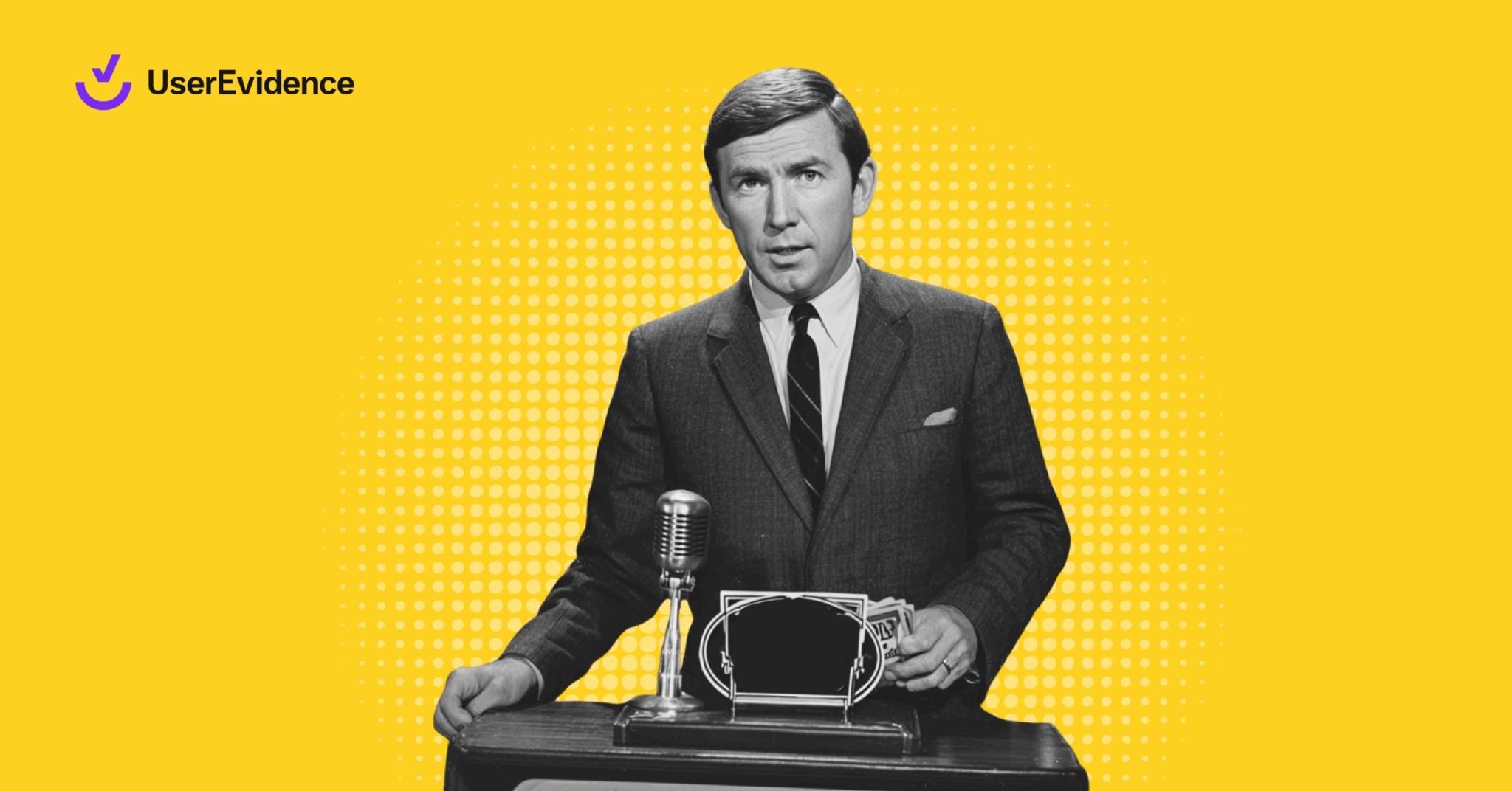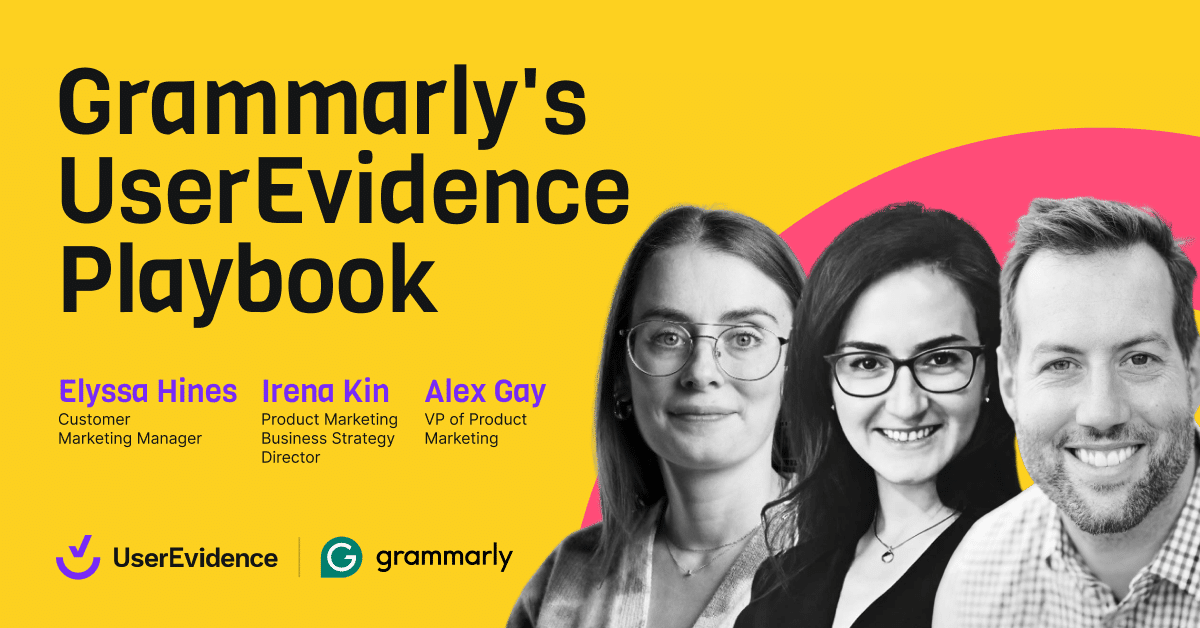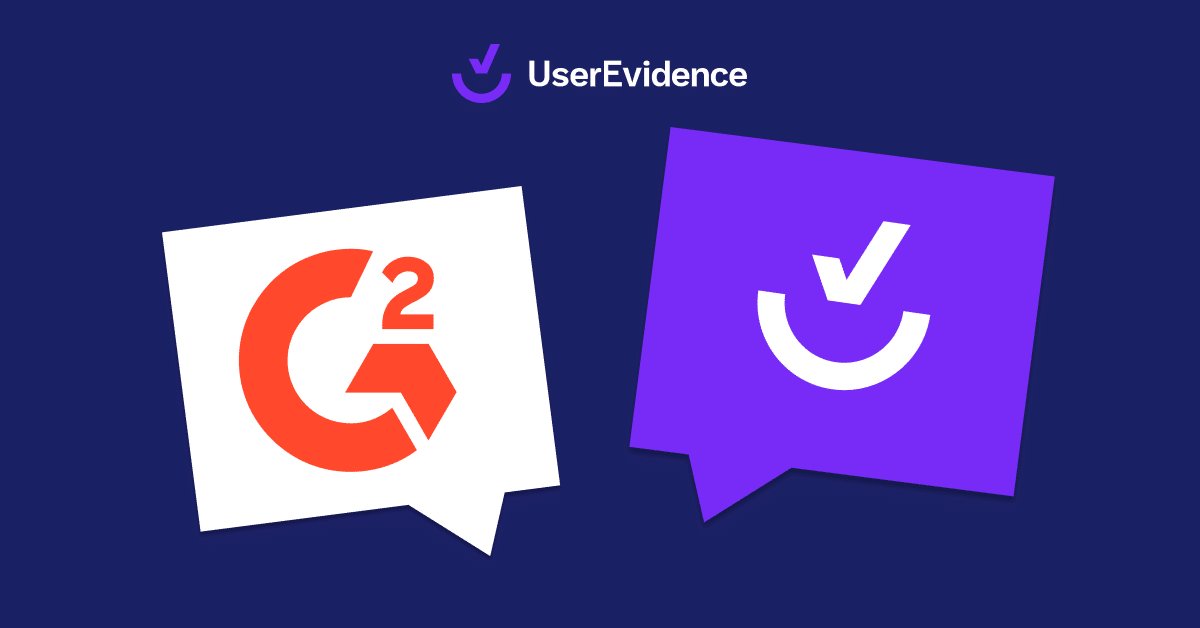Question: If you’re in Marketing for a cybersecurity company, what’s more challenging than getting happy customers to go on the record?
Easy answer: Not much. Even the most satisfied customers are often hesitant (or not allowed) to share success stories from resolved security or risk issues.
Elizabeth Raffa and Cara Peterson, two Customer Marketers at HackerOne, are no strangers to this struggle. Together, they work to:
- Find customer advocates
- Gain story and quote approval
- Empower Sales, Demand Generation, and Product teams to use customer evidence
- And, of course, get customers to go on the record
Today, Elizabeth and Cara navigate these challenges with no problem and build buyer confidence with customer proof, despite the obstacle course that is the security industry. Elizabeth is the Senior Manager, North America Regional and Customer Marketing, while Cara recently stepped into her role as Customer Advocacy Program Manager. Both have big plans for Customer Marketing processes and projects at HackerOne.
Lucky for me, they shared how customer evidence powers a wide range of their GTM motions and how their team makes the most of the insights they uncover. Their strategies are yours for the taking. Let’s dig in.
Changing tides for customer marketing
Customer Marketing isn’t what it used to be — and that’s a good thing. “It’s definitely becoming more visible in many organizations, especially in the B2B tech space,” Elizabeth says, noting that many organizations started to realize just how important customer marketing and advocacy was about five years ago.
When Elizabeth joined HackerOne in early 2021, the Customer Marketing function was very immature and required full strategic mapping to the organizational goals. Her role originally lived under the Content and Communications team. After that, she supported Product Marketing for several launches. Most recently, Customer Marketing moved under the Demand Gen team. As buyers began reevaluating their cybersecurity budgets, customer evidence was HackerOne’s hidden ace.

“Customer marketing goes where the business need is. We’re utility players, and we can adjust our advocacy actions, the way we approach customers, and the messages we take to them.”
Though customer evidence has Swiss-army-knife levels of versatility for HackerOne, Elizabeth and Cara still have to socialize the work they do and the impact of customer evidence.
“A lot of people assume we’re just writing case studies,” Elizabeth explains. But to gain real momentum behind your Customer Marketing function, you have to share what the team is working on, talk about positive results, and report that impact to leadership. (Spoiler: UserEvidence helps Elizabeth and her team do all of that by streamlining their processes and maximizing their customer evidence efforts.)
How customer evidence fuels GTM motions at HackerOne
Just as the Customer Marketing team does way more than create case studies, customer evidence at HackerOne isn’t just quotes and stories. Customer intel and insights power diverse projects across multiple teams.
Here are five ways Elizabeth and Cara put customer evidence to work for stronger positioning, content, and collaboration:
1. Customer journey surveys
The HackerOne team began revamping their customer journey in late 2023 and rolled it out during their 2024 revenue kickoff.
They conducted roughly 30 live customer interviews, and, to ensure full customer base representation, they also “interviewed” eight additional customers by sending a survey via UserEvidence. The survey covered everything from the sales process and onboarding, to platform questions and competitive intel.
While not public-facing, the response data boosted customer journey efforts and expanded their list of customer advocates: “We sent the survey to some customers that we didn’t talk to regularly and got some hand-raisers from it for other advocacy actions.”

“I originally wanted UserEvidence for the public proof points to support sellers and product marketing, so they can make sure their messaging is informed by customer data. But we’re finding tons of other really good uses for it, too.”
2. Vertical-specific intel
Customer evidence helps HackerOne’s sales team close deals in both familiar and new markets.
When sellers started winning in the crypto industry and asking for proof points, that segment wasn’t a primary focus for the Customer Marketing team. But Elizabeth saw that UserEvidence was an efficient way to understand this subset of their customer base. She sent surveys to capture customer proof and the data points sales wanted from the crypto vertical.
Now, Elizabeth’s team has what they call a “vertical values” survey to collect customer data by segment. The survey includes four metric-based questions, along with a couple of other questions that internal teams deem most important.
In the future, they plan to send vertical values to customers in target markets like financial services and retail-eComm to validate assumptions and drive sales in those verticals.
3. Support data for annual reports
Each year, HackerOne publishes an in-depth security report. (Here’s the 2023 edition.) It’s consistently their biggest driver of MQLs the quarter it launches and sparks press coverage, too.
The report usually includes info from market data, platform metrics, and other public repositories, but the most recent report went even deeper. Elizabeth’s team sent a survey with UserEvidence, which captured metrics from 46 customers. This was the highest customer response rate in seven years of reports, which meant a more robust and customer-supported piece of content.

Customer insights shared in the 2023 Annual Report
4. Product and campaign launches
As an ever-evolving platform, HackerOne constantly brings new features and functionality to the table for its customers. They optimize each of these product launches with customer proof — here’s an example of how that looks.
HackerOne recently launched a major AI initiative. The campaign leaned on customer quotes and use cases to drive excitement through elements like:
- The announcement of the beta version of Hai, their generative AI assistant for vulnerability submissions, which included testimonials from a small handful of beta users.
- An AI red teaming engagement with Snap and a walkthrough of how the solution helped them test the guardrails in place for its AI model and prevent the creation of harmful content.
- A press release on HackerOne’s AI initiative, featuring quotes from customers about how they’ve already benefited from the AI assistant.
It’s incalculable how valuable it’s been to give happy customers a 100% anonymous way to provide feedback on these launches.

"Utilizing Hai for translating complex vulnerability findings into remediation advice has been a game changer for us. It bridges the gap between our technical reports and our internal audience, enhancing the value of our HackerOne program by making actionable insights accessible to everyone."
Early customer proof on the Gen AI assistant
5. Advocacy collaboration
As cross-functional Customer Marketers, Elizabeth and Cara focus on communicating advocacy efforts to each team to ensure advocacy is a part of everything — from the sales process to onboarding to renewals.
Elizabeth sums it up with this question: “What can we do at each stage of the customer’s journey to move that happy customer down the advocacy path and make sure we know who they are, so we can build them into a champion?”
Cara partners with HackerOne’s Head of Customer Success to make advocacy part of OKRs (objectives and key results) for their team. In the future, their goal is for each Customer Success Manager to find one new customer advocate per quarter.
Best of all, this proactive goal-setting will only add to their existing pipeline of advocates, thanks to the power of a broader team that’s engaged in customer advocacy. Sales reps and other teammates often surface customer advocates who are eager to partner with HackerOne on a blog post or social media shoutout — and Elizabeth tracks all of these requests right in UserEvidence.

"This week marks the 1 year anniversary since we partnered with HackerOne to launch our enterprise bug bounty program. With $70,400 in bounties paid and 127 reports resolved, it's been a resounding success. Remarkable ROl compared to traditional pentesting and my team can sleep better at night knowing that we are continuously emulating the adversary."
A HackerOne testimonial sourced from LinkedIn

"HackerOne's pentest capability has helped us identify ways to strengthen our products by uncovering inconsistencies we may not have been alerted to previously."
What’s on HackerOne’s customer evidence roadmap?
As if those five customer evidence efforts aren’t enough, Elizabeth and Cara are already working toward future-state projects.
Remember that revamped customer journey? They plan to add designated checkpoints for CSMs to send relevant surveys at key times like after onboarding or when a customer shares about product value during a regular check-in. They’re also planning to send every-so-often UserEvidence surveys to their penetration testing (pentest for short) customers, which will live in CSMs’ email signatures — that way, happy customers can offer their feedback anytime.
One of Cara’s first planned projects, though, is a customer evidence repository. Like many companies, HackerOne customer stories live in lots of locations.

“Sometimes reps don’t know where to find the right story. My goal is to create a true, central source of truth where all of our customer proof points live.”
(She’s well on her way with this public UserEvidence research library.)
Elizabeth is confident that they’re about to multiply HackerOne’s Customer Marketing efforts. As they socialize their advocacy and customer evidence efforts, others at the company are catching the vision, too. Elizabeth says, “The team is hungry for UserEvidence.”
How HackerOne makes the most of customer insights
As much as Elizabeth would like to, her team can’t do everything for everyone. “You want to support all the needs of all the teams,” Elizabeth shares. “It’s always a challenge.” Even so, internal collaboration helps them take HackerOne’s customer evidence further, faster.
While building the survey for pentest customers, for instance, Elizabeth and Cara worked closely with product marketing and corporate comms. Elizabeth asked them, “What are the most important data points that you need to collect from the industry?” These conversations sparked questions that could prove the value of their solution. Collaboration with Product Marketing helped Elizabeth balance the quantitative data questions about ROI and results with the qualitative questions about the customer experience and pain points.
She also leaned on the UserEvidence team for survey design best practices around question type and structure. Once customer survey responses start to roll in, Cara focuses on finding the best way to loop in other teams. Right now, she’s working with UserEvidence on a Slack integration to quickly tag the CSM, account rep, and renewal specialist when a customer shares a testimonial.
Cara notes that the process of getting customer insights into the right hands looks different for every team in the organization, based on where they work and the best way to notify them. Luckily, the planned customer evidence repository should help with this, since sales and other teams will be able to quickly filter and search every case study, quote, stat, competitor mention, and testimonial.
This central source of truth will remove one of the major customer evidence obstacles in cybersecurity: approvals. “With UserEvidence, sales reps can feel confident that the story is okay for them to share,” Cara says.
After all, the goal of capturing customer proof is to use it.
Parting advice from HackerOne: Stay collaborative and communicative
Customer Marketing is a balancing act — one that requires ongoing, open communication with other teams.
Cara’s best advice to other Customer Marketers is simple: Create a go-to slide deck that overviews “what you can do for me and what I can do for you” to use when you’re talking to your internal teammates. That way, you can efficiently communicate to sales and other teams the range of projects you work on and the kind of support you can provide.
“Sometimes people only think you do one or two functions, but you might actually be doing 20 different things at a time. It shows all your different priorities and what you’re working on,” Cara explains.
Elizabeth’s parting advice was about prioritization; you have to know the biggest drivers for your team and for the business. Requests that don’t contribute to those goals likely aren’t the best use of your time.
So focus your work — and then talk about wins when they happen. When Customer Marketers show their results internally, it’s hard to argue with the power of customer evidence. “We need to make sure everyone’s aware of what UserEvidence is doing because we know the value now. I just want everybody else to see it, too.”
Like what you’re reading? It’s never too late to take your customer evidence to the next level. UserEvidence can help.





